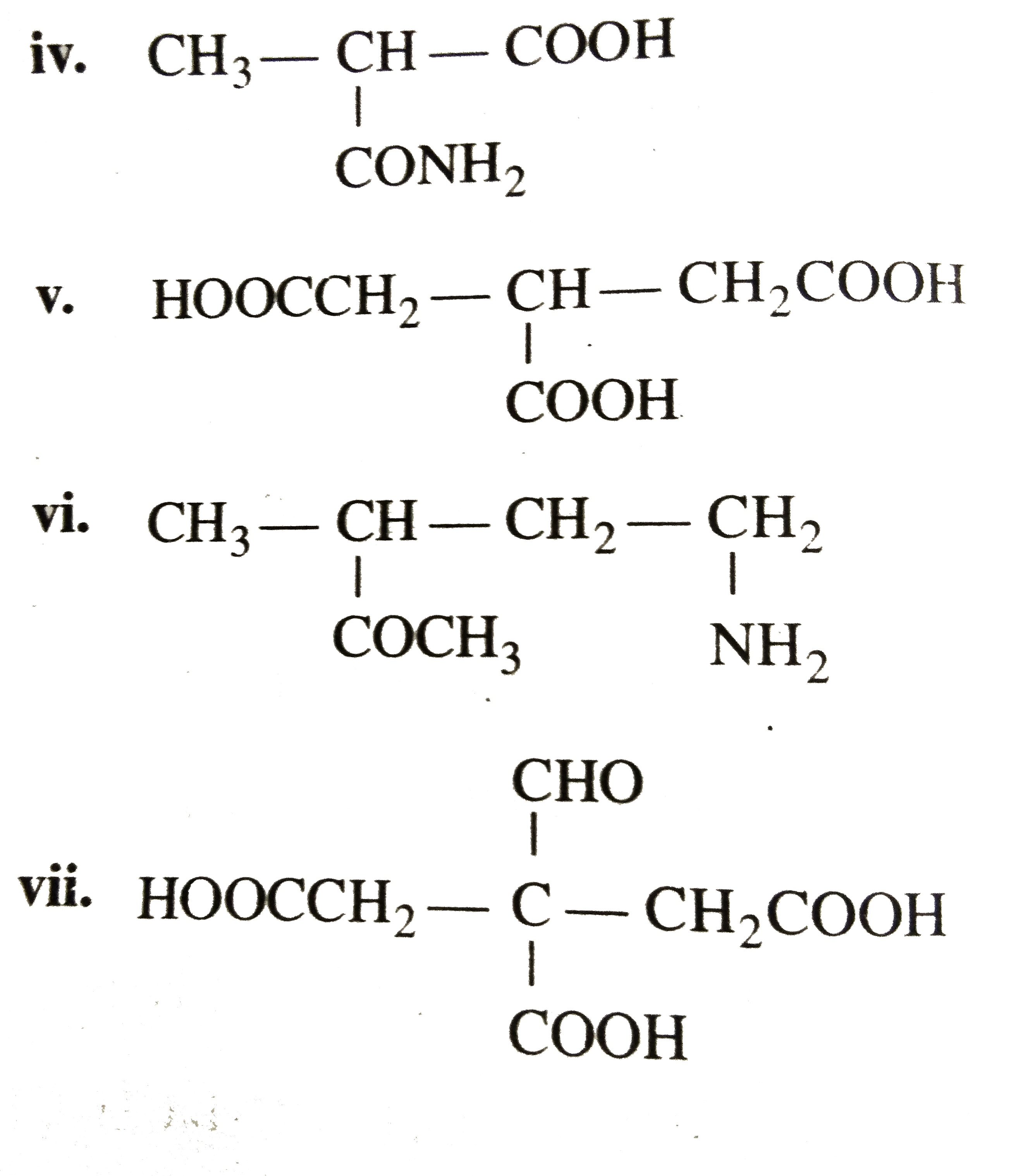Carbonyl compound (p)
Carbonyl compound can be:
The correct Answer is:B
To solve the problem, we need to identify the carbonyl compound (P) that reacts with a Grignard reagent to produce the given product. Let's break down the steps:
Step 1: Identify the Product Structure
The product is represented as:
- Ph-CH₂-C(OH)-CH₃
From this structure, we can see that it contains:
- A phenyl group (Ph)
- A hydroxyl group (OH)
- An alkyl chain with a methyl group (CH₃)
Step 2: Determine the Type of Alcohol
The product has a hydroxyl group (OH) attached to a carbon that is also connected to two other carbon atoms (one being part of the phenyl group and the other being a methyl group). This indicates that the product is a secondary alcohol.
Step 3: Analyze the Grignard Reagent Reaction
The Grignard reagent (let's assume it is CH₃MgBr) will act as a nucleophile. It will attack the carbonyl carbon of compound P, which must be either an aldehyde or a ketone.
Step 4: Consider Possible Carbonyl Compounds
1. Aldehyde: If P is an aldehyde, the reaction with CH₃MgBr would lead to a secondary alcohol.
- Example: If P is benzaldehyde (Ph-CHO), the reaction would yield:
- Ph-CH₂-CH(OH)-CH₃
2. Ketone: If P is a ketone, the reaction would lead to a tertiary alcohol.
- Example: If P is acetophenone (Ph-CO-CH₃), the reaction would yield:
- Ph-CH₂-C(OH)(CH₃)-CH₃
Step 5: Determine the Correct Carbonyl Compound
Since the product is a secondary alcohol, we conclude that the carbonyl compound P must be an aldehyde.
Conclusion
The carbonyl compound (P) can be identified as an aldehyde, specifically benzaldehyde (Ph-CHO).
The product is represented as:
- Ph-CH₂-C(OH)-CH₃
- A phenyl group (Ph)
- A hydroxyl group (OH)
- An alkyl chain with a methyl group (CH₃)
The product has a hydroxyl group (OH) attached to a carbon that is also connected to two other carbon atoms (one being part of the phenyl group and the other being a methyl group). This indicates that the product is a secondary alcohol.
The Grignard reagent (let's assume it is CH₃MgBr) will act as a nucleophile. It will attack the carbonyl carbon of compound P, which must be either an aldehyde or a ketone.
1. Aldehyde: If P is an aldehyde, the reaction with CH₃MgBr would lead to a secondary alcohol.
- Example: If P is benzaldehyde (Ph-CHO), the reaction would yield:
- Ph-CH₂-CH(OH)-CH₃
- Example: If P is acetophenone (Ph-CO-CH₃), the reaction would yield:
- Ph-CH₂-C(OH)(CH₃)-CH₃
Since the product is a secondary alcohol, we conclude that the carbonyl compound P must be an aldehyde.
The carbonyl compound (P) can be identified as an aldehyde, specifically benzaldehyde (Ph-CHO).
Topper's Solved these Questions
- BOOK - RESONANCE ENGLISHCHAPTER - TEST PAPERSEXERCISE - PT-0130videos
TEST PAPERS
- BOOK - RESONANCE ENGLISHCHAPTER - TEST PAPERSEXERCISE - Pt-0230videos
TEST PAPERS
- BOOK - RESONANCE ENGLISHCHAPTER - TEST PAPERSEXERCISE - PART - III CHEMISTRY20videos
TEST PAPERS
- BOOK - RESONANCE ENGLISHCHAPTER - SURFACE CHEMISTRYEXERCISE - Section - 51videos
SURFACE CHEMISTRY
- BOOK - RESONANCE ENGLISHCHAPTER - TEST SERIESEXERCISE - CHEMISTRY50videos
TEST SERIES
Similar Questions
Knowledge Check
- Question 1 - Select One
The IUPAC name of CH3−C=CH∣COOC2H5−CH2−O∣∣C∣OH is :
A4-ethoxycarbonylpent-3-enoic acidB4-ethanoyloxypent-3-enoic acidC3-ethoxycarbonylbut-2-enecarboxylic acidD3-ethoxycarbonylpent-3-enoic acid - Question 2 - Select One or More
The synthesis of Ph−CH3∣C∣C2H5−OH can be achieved by:
APhMgBr+CH3−O∣∣C−C2H5H⊕/H2O−−−−−→BC2H5MgBr+Ph−O∣∣C−CH3H⊕/H2O−−−−−→CCH3MgBr+Ph−O∣∣C−CH2CH3H⊕/H2O−−−−−→DPhMgBr+CH3−O∣∣C−ClH⊕/H2O−−−−−→
The IUPAC name of CH3−C=CH∣COOC2H5−CH2−O∣∣C∣OH is :
View SolutionThe IUPAC name of CH3−C∣CONH2=CH−CH2−O∣∣C∣OH is
View SolutionGive the IUPAC names for the following polyfunctional compounds:
i. CH3CH2O−CH2−CHOH−CH3
ii. CH3−C∣NO2H−CH2−CH3∣C∣OH−CH3
iii. CH2=H3C∣C−OH∣CH−CH2CN
 View Solution
View SolutionAK2Cr2O7−−−−−−−→dil.H2SO4BCH3MgI−−−−−−−→H2OCH3−CH3∣C∣OH−CH3
The reactant A is :View SolutionGive the IUPAC name of the compound
CH3−C∣CH3H−C∣OHH−CH3∣C∣CH3−CH3View SolutionIdentify and name the functional groups present in the following compounds.
(a) H−H∣C∣H−H∣C∣H−H∣C∣H−OH , (b) H−H∣C∣H−H∣C∣H−O∣∣C−OH
(c ) H−H∣C∣H−H∣C∣H−O∣∣C−H∣C∣H−H∣C∣H−H , (d) H−H∣C∣H−H∣C∣H−H∣C=H∣C−HView Solution
